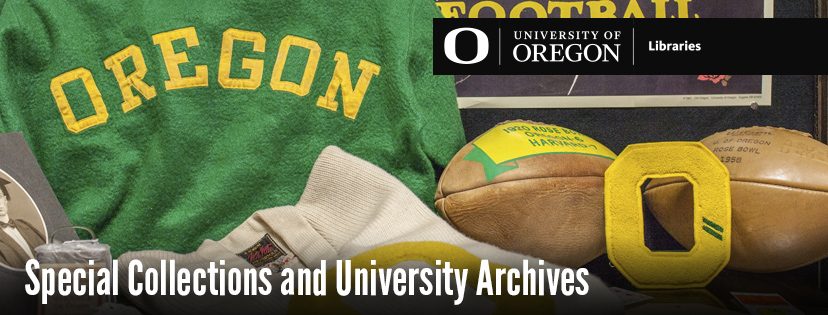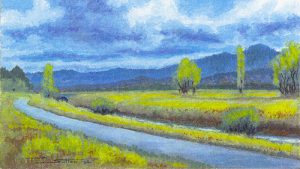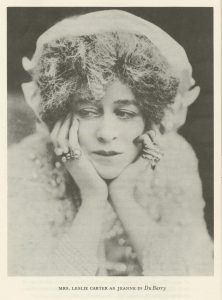Oregon Rare Books Initiative Speaker, April 19, 2017

One may not think that the first stock market crash in 18th century Holland could be attractive, but the engravings in the 1720 work Het groote tafereel der dwaasheid, or The Great Mirror of Folly, show otherwise. By using art as satire, the creators of The Great Mirror could reflect on international reactions to the fiscal calamity that they lived through. The book’s many engravings used symbols to make fun of the financial crisis in the Netherlands. For example, it helped to entrench the now-common economic term “financial bubble.” The Oregon Rare Books Initiative is pleased to announce that on April 19, Professor Catherine Labio from the University of Colorado-Boulder will speak about the book in the Knight Library Browsing Room at 4:45p.m. Prof. Labio is a comparative literature professor who has edited several works on this topic and researches the financial world of 1700s Europe. During her talk, the University of Oregon’s copy of Het groote tafereel der dwaasheid and ten different financial works from the 18th century will be available to view. Please join us!
Angela Rothman
Special Collections and University Archives Intern
I blog for SCUA about the University of Oregon Museum of Art. Please see my other writing here.

 Jon Sutton was a multi-talented artist, photographer, composer, musician, poet, designer, teacher (and more!) as well as a beloved community member. Our new exhibit celebrates highlights of Jon’s life, spanning events that informed his creative practice.
Jon Sutton was a multi-talented artist, photographer, composer, musician, poet, designer, teacher (and more!) as well as a beloved community member. Our new exhibit celebrates highlights of Jon’s life, spanning events that informed his creative practice. 


